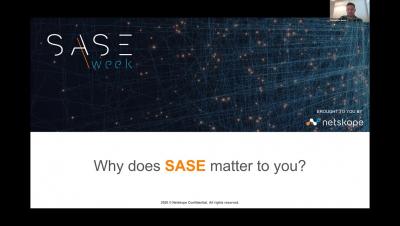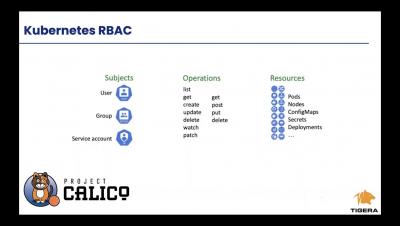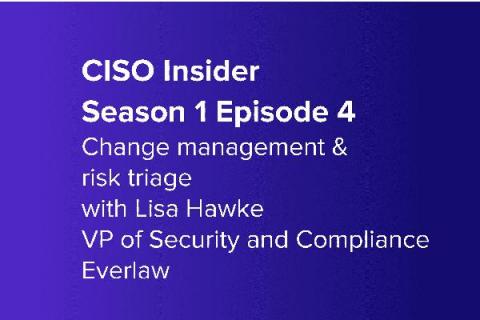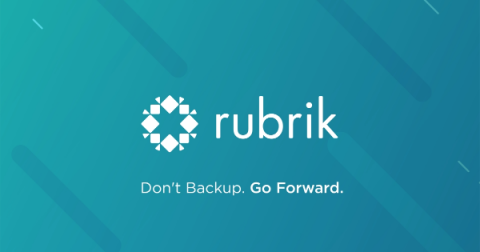Security | Threat Detection | Cyberattacks | DevSecOps | Compliance
%term
Enterprise Security Controls for Kubernetes
Insider Threat Management for an Educational Organization
Google Chrome wants to fix your unsafe passwords
Most security breaches are the result of one thing: sloppy password practices. Too many people make the mistake of choosing weak passwords, or reusing passwords that they have used elsewhere on the internet – making life too easy for malicious hackers trying to gain unauthorised access.
CISO Insider S1E4 - Change management and risk triage with Lisa Hawke
At Nightfall, we believe in the power of learning from those who have done it before. That’s why we created CISO Insider — a podcast interview series that features CISOs and security executives with a broad set of backgrounds, from hyper-growth startups to established enterprises. Through these interviews, we’ll learn how industry experts overcame obstacles, navigated their infosec careers, and created an impact in their organizations.
How to evaluate the ROI of your software security program
The ROI of software security is difficult to calculate when the goal is to avoid a breach. Learn where to look for ROI in an AppSec program to maximize your investment. A common declaration at security conferences is that if organizations invest in software security, it will pay dividends. Indeed, “investment” implies a dividend.
Be Ready for Anything with VMware Cloud on AWS
If the pandemic, catastrophic wildfires, record-setting hurricane season, and “murder hornets” of 2020 have taught us anything, it’s to be prepared for any situation. In business, the motto is “hope for the best, plan for the worst.” Should some sort of disaster – cyber or otherwise – strike, organizations need to be prepared to maintain business as usual with a strong disaster recovery plan in place.
Splunk SOAR Playbooks: Finding and Disabling Inactive Users on AWS
Every organization that uses AWS has a set of user accounts that grant access to resources and data. The Identity and Access Management (IAM) service is the part of AWS that keeps track of all the users, groups, roles and policies that provide that access. Because it controls permissions for all other services, IAM is probably the single most important service in AWS to focus on from a security perspective.
Retail and Hospitality Outpaces Other Sectors in Fixing Software Security Vulnerabilities, According to Veracode
UPDATE 6: The Data Privacy Periodic Table
Once again, to mark Data Privacy Day (or Data Protection Day in Europe), we have released a new update to the Data Privacy Periodic Table – our industry-renowned open project to create a regularly-updated digestible guide to the confusing world of data privacy. You can download the latest version of The Data Privacy Periodic Table, here. This is its sixth update, and roughly three and a half years after its launch in September 2018, what have we learned?











